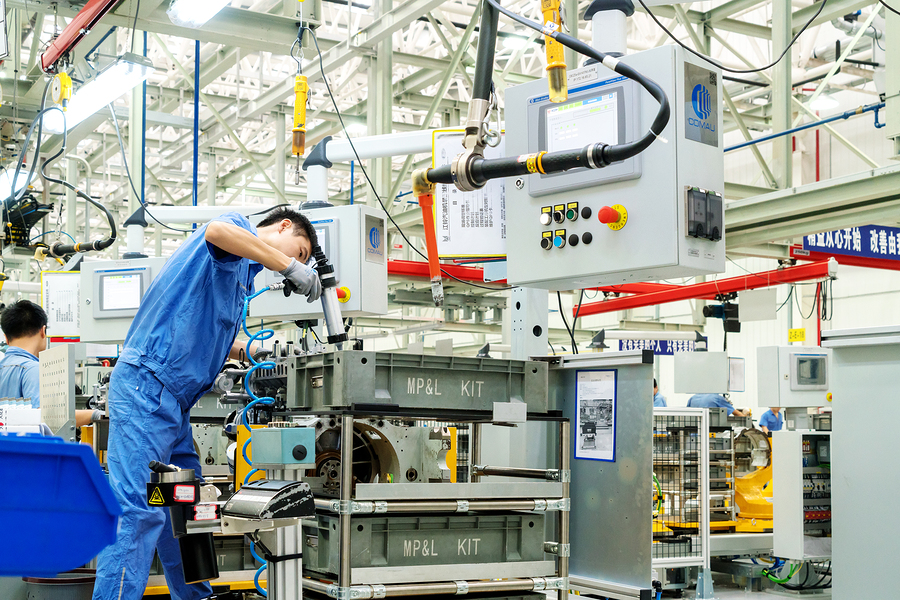Though often used interchangeably by laymen, reliability and availability have two very different meanings in the context of factory maintenance. Confusing the two can mean confusing important data about machine operations and — even worse — overlooking the efficacy of a maintenance approach.
The reason for confusion between the terms has to do with semantics. Reliability is the measure of how long a machine performs its intended function, whereas availability is the measure of the percentage of time a machine is operable. For example, a machine may be available 90% of the time, but reliable only 75% of the time from a performance standpoint.
Understanding the difference between reliability and availability — as well as their relationship — makes for a better approach to maintenance.
Distinguishing differences
It helps to think of reliability from a quality control standpoint and availability from an operations standpoint. You can have a machine that’s operational and able to function, but due to inefficiencies, has a lower rate of reliability in defects processed. The key to seeing the difference is in how each variable is measured:
- Machine availability measures total uptime divided by total downtime to get the percentage of available functional hours. The formula for this is Mean Time to Repair (MTTR) (in hours) plus Mean Time Between Repairs (MTBR) (in hours), divided by MTBR.
- Machine reliability measures the failure rate of a machine to perform its intended task. This is generally classified as the total number of failures divided by the total uptime of the machine. MTBR is also used as a direct representation of reliability, since a machine cannot be available or reliable when it’s down.
Categorically recognizing reliability and availability as two distinct variables means understanding how your maintenance approach may be addressing concerns with one or both of them.

Similar, yet different maintenance approaches
Routine maintenance may keep a machine available, but not reliable. Similarly, infrequent yet quality maintenance may reduce availability yet promote reliability during uptime. Improving the consistency of routine, preventive maintenance will generally target issues with availability, whereas focusing on the quality and precision of maintenance will address problems with reliability.
More important to consider than these individual aspects of maintenance is overall Equipment Reliability and Maintenance (ERM). This approach is one that sees availability and reliability as two sides of the same coin, rather than separate issues or a singular idea. When we consider them to be individual concepts with intertwined fates, our approach should reflect this concept.
According to the National Academic Press, ERM “encompasses not only equipment, such as machines, tools, and fixtures, but also the technical, operational, and management activities, ranging from equipment specifications to daily operation and maintenance, required to sustain the performance of manufacturing equipment throughout its useful life.” This modality recognizes reliability as dependent on availability and availability as dependent on holistic maintenance and careful operation.
Putting them together
Would you rather have a machine that’s more available or more reliable? Why not both? Too many maintenance plans focus on one variable or the other, when an ERM approach may be a simple way to focus on both. Promoting better reliability means first addressing availability, and it starts through robust maintenance. Keeping the manpower, methods, machine, materials, and measurements (commonly called the five Ms) in check will ensure an ERM approach that considers both availability and reliability in your machinery.
